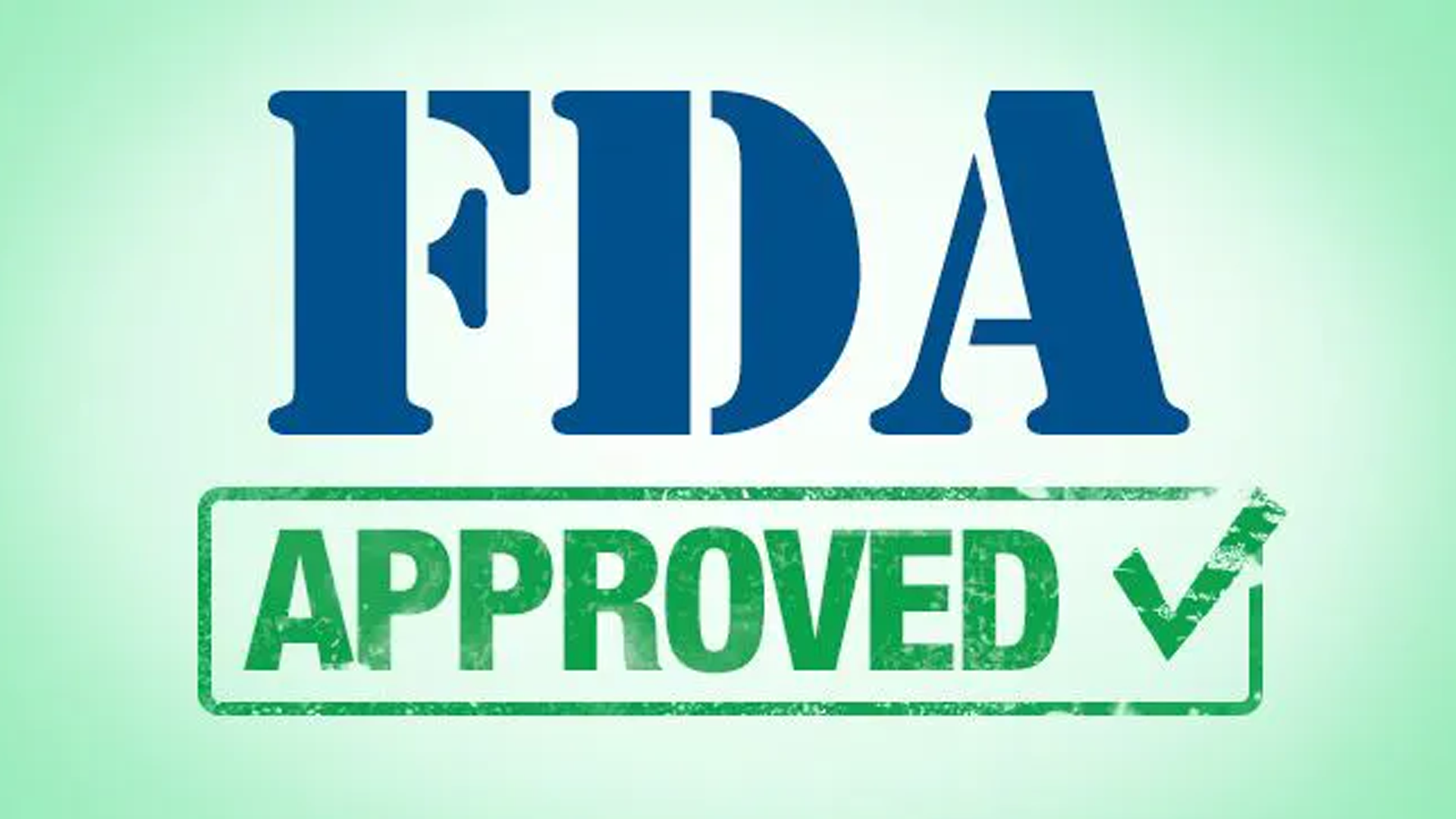FDA Approves Daratumumab and Hyaluronidase-fihj for Myeloma Treatment
The FDA approved daratumumab and hyaluronidase-fihj (Darzalex Faspro) for the treatment of adults with newly diagnosed relapsed/refractory multiple myeloma.
The FDA approved daratumumab and hyaluronidase-fihj for adults with newly diagnosed relapsed/refractory multiple myeloma

The FDA approved daratumumab and hyaluronidase-fihj (Darzalex Faspro) for the treatment of adults with newly diagnosed relapsed/refractory multiple myeloma. With this approval, daratumumab can be given subcutaneously in the following indications:
- in combination with bortezomib, melphalan and prednisone in newly diagnosed patients who are ineligible for autologous stem cell transplant,
- in combination with lenalidomide and dexamethasone in newly diagnosed patients who are ineligible for autologous stem cell transplant and in patients with relapsed or refractory multiple myeloma who have received at least one prior therapy,
- in combination with bortezomib and dexamethasone in patients who have received at least one prior therapy,
- as monotherapy, in patients who have received at least three prior lines of therapy including a proteasome inhibitor and an immunomodulatory agent or who are double-refractory to a PI and an immunomodulatory agent.
Recommended dosing is 1,800 mg of daratumumab and 30,000 units of hyaluronidase given subcutaneously in the patient’s abdomen over about 3 to 5 minutes, according to the recommended schedule.
The approval of monotherapy is based off findings from the open-label, non-inferiority COLUMBA trial (NCT03277105), where 263 patients were randomized to daratumumab and hyaluronidase-fihj and 259 were given intravenous daratumumab. The novel combination was noninferior in the study’s primary endpoints: overall response rate (ORR) and pharmacokinetic (PK) endpoint of the maximum Ctrough on cycle 3, day 1 pre-dose.
ORR was 41.4% and 37.1% for the daratumumab and hyaluronidase-fihj arms and IV daratumumab arm, respectively. The geometric mean ratio comparing daratumumab and hyaluronidase-fihj to daratumumab IV for maximum Ctrough was 108%
Daratumumab and hyaluronidase-fihj plus VMP (D-VMP) was evaluated in the PLEOADES (NCT03412565) trial, which was a single-arm, multi-cohort, open-label trial involving patients with newly diagnosed myeloma who were ineligible for transplant. Here, the combination showed an 88.1% ORR.
A single-arm cohort of this trial also examined efficacy of hyaluronidase-fihj in combination with Rd (D-Rd) for patients who had at least 1 previous line of therapy. ORR in this group was 90.8%.
The most common adverse events (AEs) of daratumumab and hyaluronidase-fihj that were seen in 20% or more of patients was upper respiratory tract infection. Common AEs for D-VMP were upper respiratory tract infection, constipation, nausea, fatigue, pyrexia, peripheral sensory neuropathy, diarrhea, cough, insomnia, vomiting, and back pain; and common AEs with D-Rd are fatigue, diarrhea, upper respiratory tract infection, muscle spasms, constipation, pyrexia, pneumonia and dyspnea.


